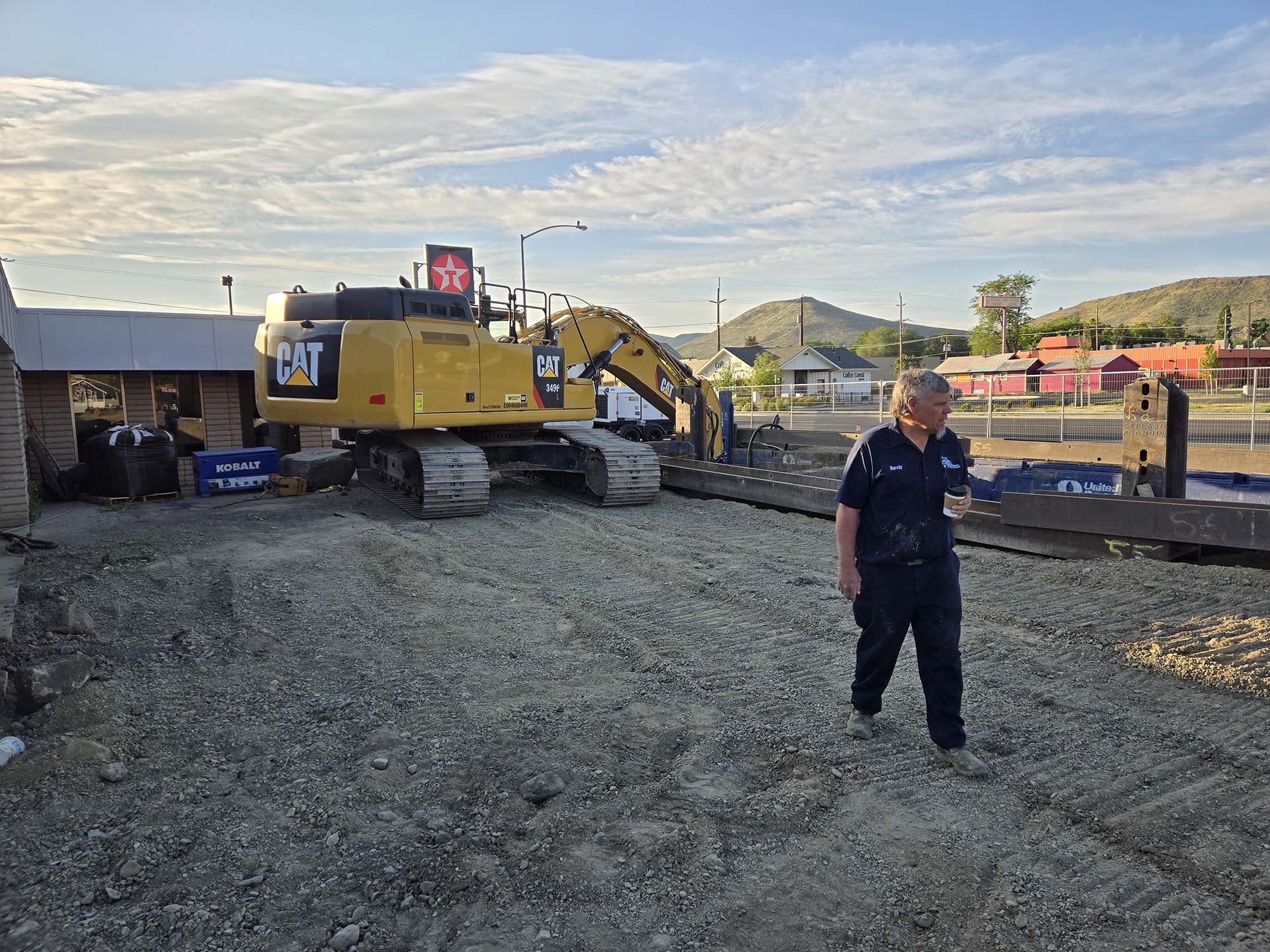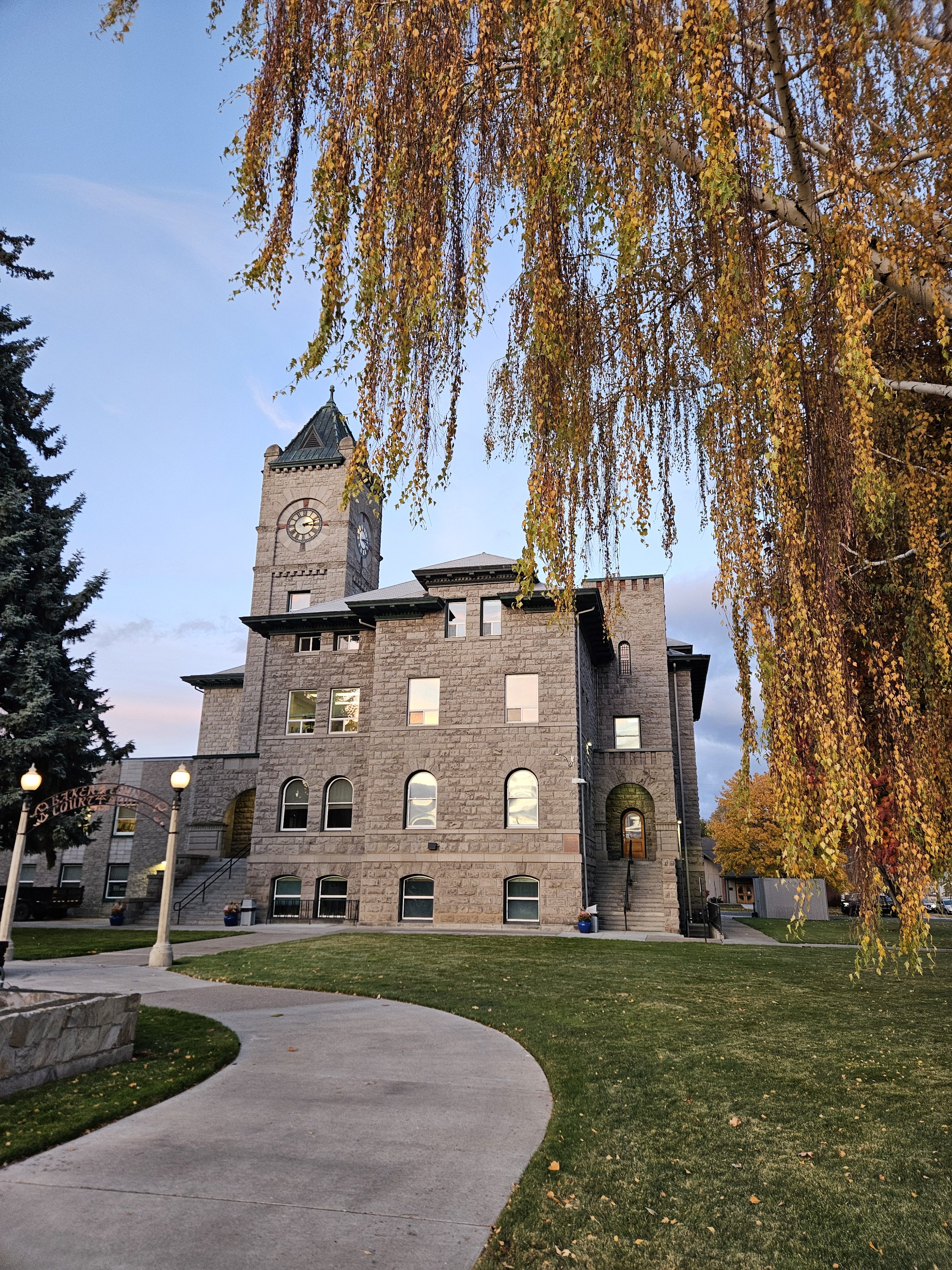Survey shows minor soil damage for most of Town Gulch Fire
Published 7:01 am Monday, September 9, 2024

- The Town Gulch Fire made a massive run on Aug. 6, 2024, spreading east to the West Wall above Pine Valley.
Forest Service employees have estimated that more than three-quarters of the area burned in the Town Gulch Fire in eastern Baker County in August did not have severe damage to the soil, which means a relatively low risk of mudslides if heavy rain falls.
Almost one-quarter of the 18,500 acres had a moderate burn severity, and less than 1% (86 acres) burned at high severity.
Those are among the initial findings of the Burned Area Emergency Response (BAER) team working on the Town Gulch Fire.
The team, led by Mary Young and Jamie Krezelok, started its survey on Sept. 5.
BAER teams arrive soon after a wildfire is extinguished to assess fire damage with an emphasis on the risk of mudslides and flooding if heavy rain falls on severely burned slopes where there is little or no vegetation left to stabilize the soil.
The potential for such slides, which can damage structures and roads, threaten public safety and harm streams and other wildlife habitat, is higher on steeper slopes.
The team’s survey yeilds a “soil burn severity” map.
The map shows damage to the ground, not to vegetation.
Areas with a moderate or high burn severity are especially vulnerable to slides, according to a press release from the Forest Service.
The BAER team’s map for the Town Gulch Fire shows:
• Very low burn severity (or unburned): 2% (337 acres).
• Low burn severity: 74% (13,707 acres).
• Moderate burn severity: 24% (4,396 acres).
• High burn severity: less than 1% (86 acres).
Areas of moderate burn severity are scattered around the fire area, with concentrations near the Eagle Creek Canyon and on the West Wall west of the Pine Valley, and in the northern part of the fire near Skull Creek
The survey process
With a large fire such as Town Gulch, which covered about 29 square miles, BAER teams have to focus on smaller parts of the fire that serve as benchmarks representative of the fire as a whole, said Alison Mims, a Forest Service spokesperson.
Team members look at the condition of shrubs, grass and trees, as well as the color of ash.
They then dig a series of test holes to assess the fire’s effects on the soil.
The soil’s texture is a key criteria, Mims said.
Soil that is fine and powdery indicates that the heat was so intense that it destroyed the molecular and organic bonds that bind soil particles, she said. Damaged soil is less stable.
The BAER team also drops water on excavated soil and records how long it takes for the soil to absorb the water.
Burned plants can release water-repelling compounds that permeate the soil and coat soil particles, Mims said. In places where the fire damage was severe, water droplets can bead on the soil, as though on a kitchen counter, for more than a minute.
When soil can’t quickly absorb water, rain flows over the ground surface, potentially causing mudslides.
BAER team members also record the soil’s color, which can also show the intensity of the fire.
Orange or brick-red soil shows that the fire has oxidized the soil, a “telltale sign of high soil burn severity,” Mims said.
Once the BAER team has tested a variety of sites around the fire, they extrapolate their findings over the entire burned area, Mims said.
The fire
The fire was started by lightning on Aug. 5 near Town Gulch, along Eagle Creek several miles north of New Bridge.
On the afternoon and evening of Aug. 6, the fire made a major run, spreading several miles to the south along Eagle Creek nearly to New Bridge, and to the east, where it moved down the West Wall to near the edge of Pine Valley.
The fire destroyed four structures, and evacuation notices were in effect for more than a week.
The fire was largely contained by the middle of August.
There were no serious injuries to the public or to firefighters.





